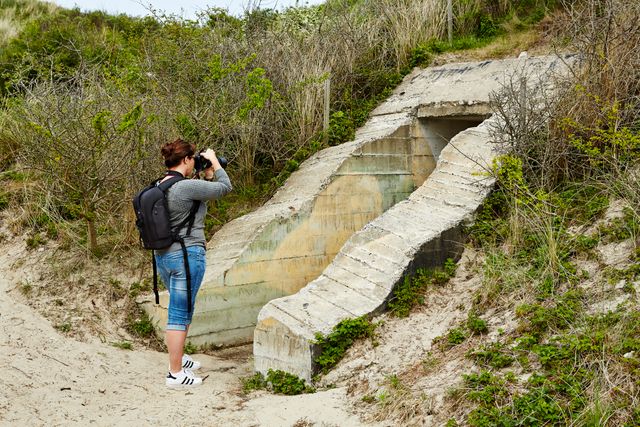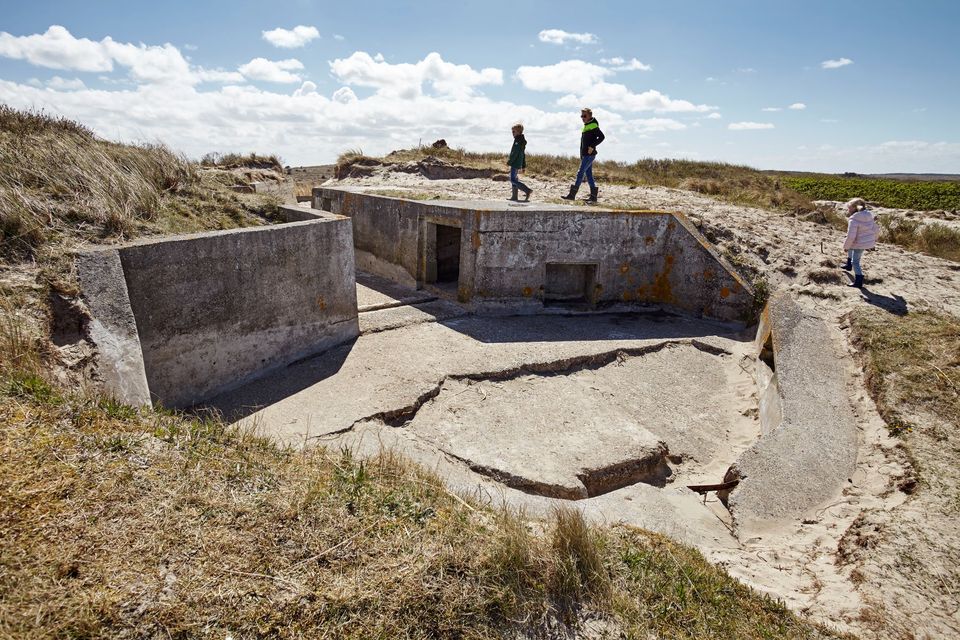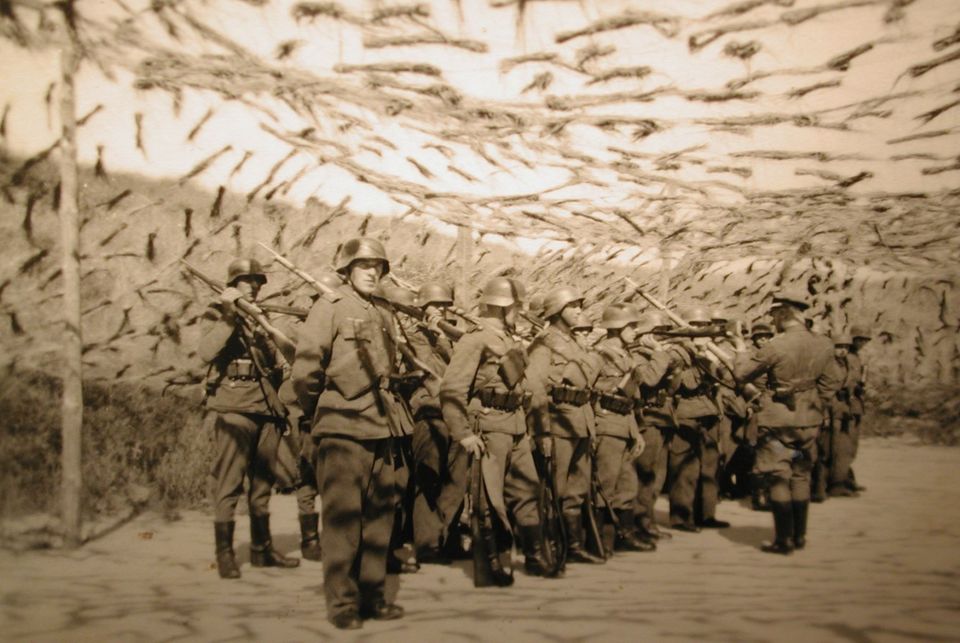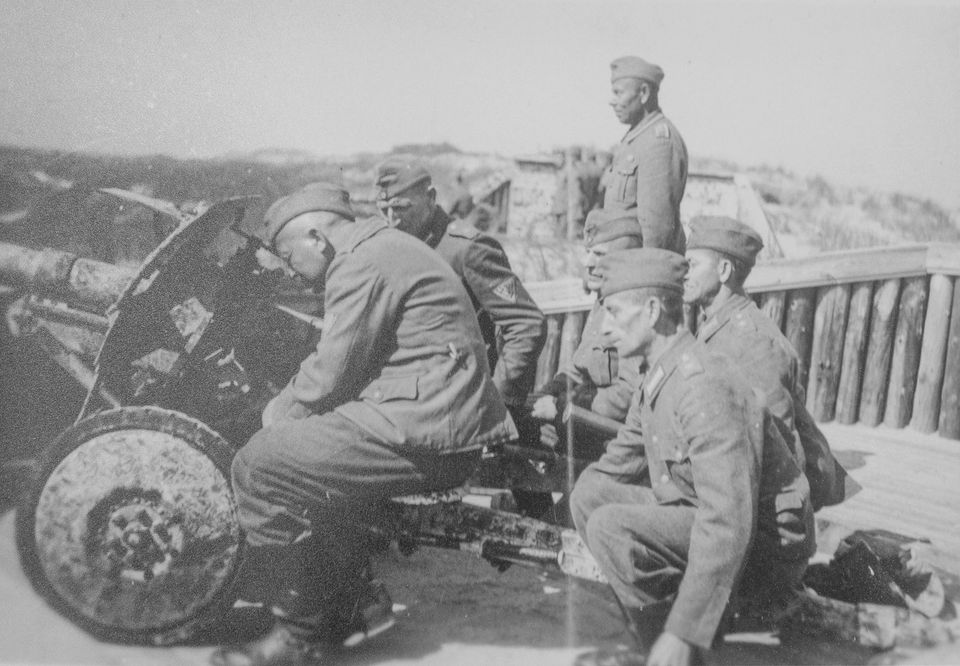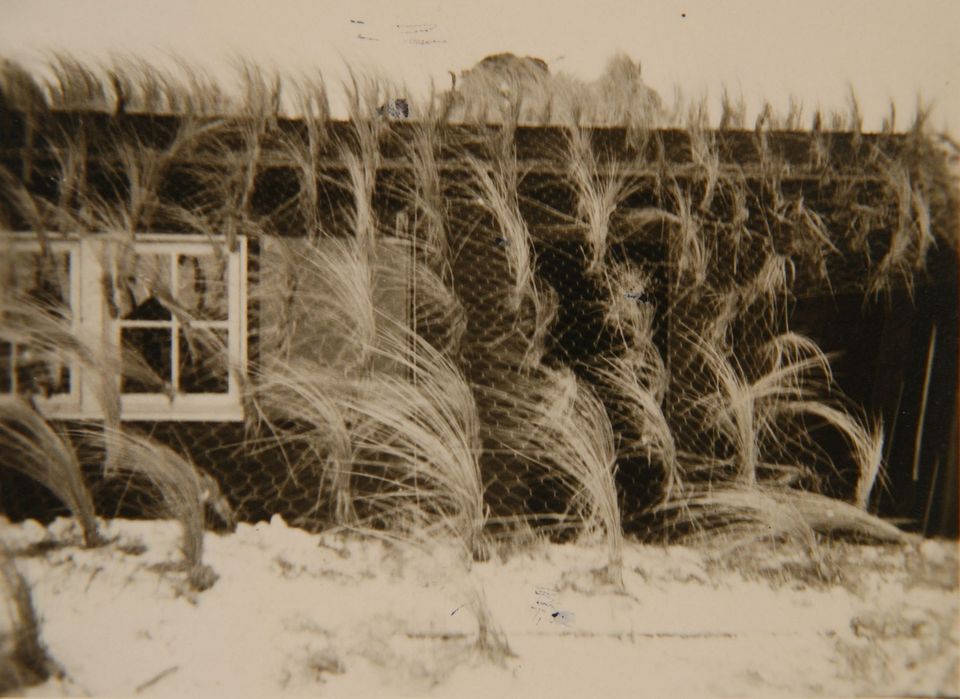Discover the military heritage of Vlieland
Vlieland was confronted with the violence of war as long ago as 1666. During the Second Anglo-Dutch War, an English fleet attacked some 150 Dutch merchant vessels and at least 2,000 people lost their lives during this forgotten disaster. In the Second World War, the Germans left their mark on the Wadden landscape; the dunes still have a complete defensive bunker, Bunker 12H. Take a tour and experience what life was like in this complex.
-
Wadden Centre De Noordwester
Wadden Centre De Noordwester
In the De Noordwester you can see shipwreck finds from long-forgotten wars
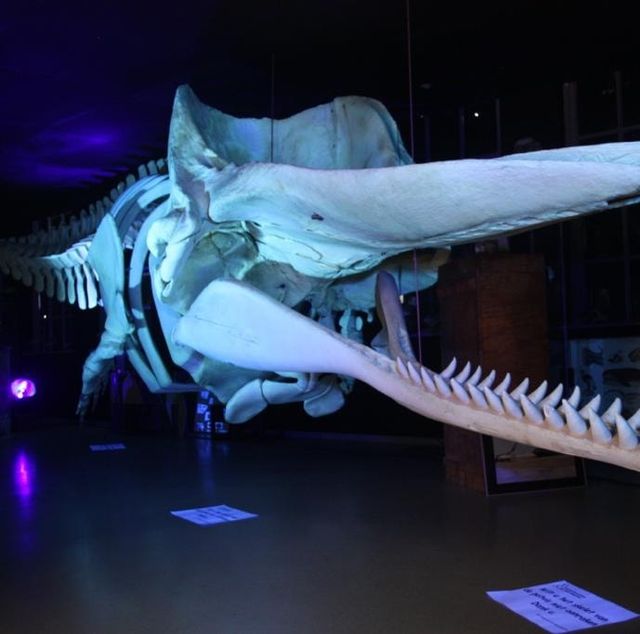
-
War monument Vlieland
War monument Vlieland
Cemeteries tell many stories, such as the years on the headstones of soldiers who fell during the Second World War.
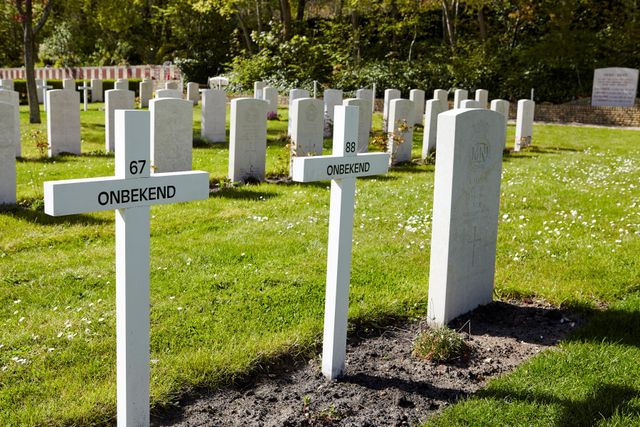
-
Expo Meteo Vlieland
Expo Meteo Vlieland
Visit the old Meteo tower at the military camp in Vlieland with its exhibition of old meteo instruments.
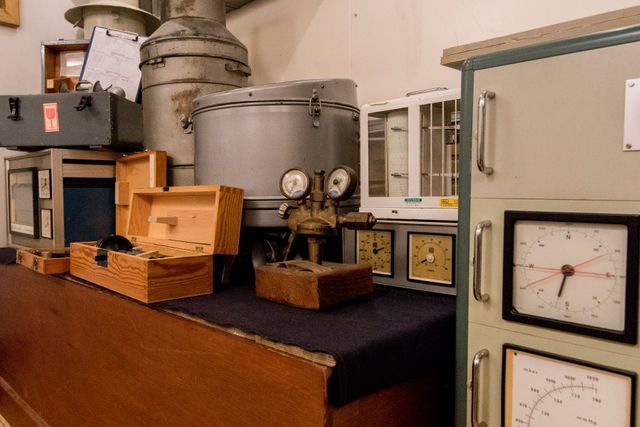
-
The Vlielander Cheese bunker
The Vlielander Cheese bunker
Taste the only real bunker cheese, made in a remnant of the Atlantikwall.

-
Museum Tromp’s Huys
Museum Tromp’s Huys
Discover the impressive maritime past of Vlieland in the oldest property on the island.
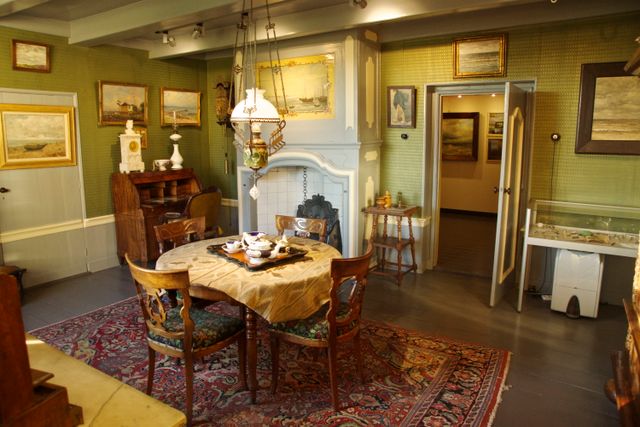
Trapped on the smallest Wadden island in the Netherlands
During the war, the German occupiers came to Vlieland as large force. More than 1,000 Germans and just 500 islanders. The residents were literally trapped on their island.
Read more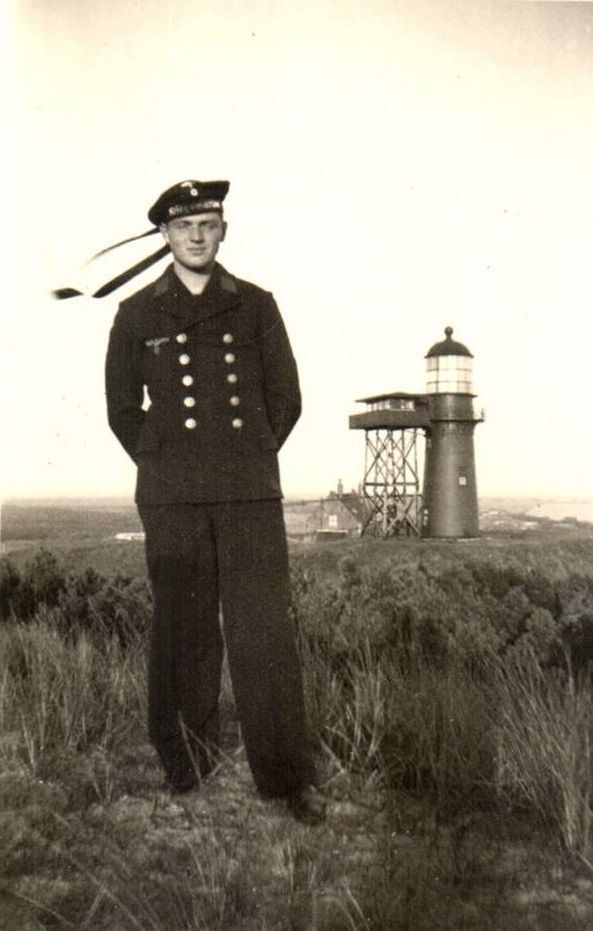
A major intervention in a small Wadden landscape
In the summer of 1940, Germany occupied the entire Western-European coast. Strategic locations were defended. The routes of British bombers to and from Germany mainly crossed the north of the Netherlands. From this front line, the bombers could be stopped and shot down over the Netherlands. Vlieland, however small it may be, was part of this defence.
The coastal area was reinforced to defend any possible allied invasion by sea. The entire Western-European coast was to become an unassailable fortress. According to the Germans, it was highly unlikely that the Dutch coast would be used as a landing area for an allied raid. However, the Vliestroom, between Vlieland and Terschelling, was a route that could be sailed by enemy ships and needed to be defended. This situation and the landscape determined where the Germans built their defences in the end.
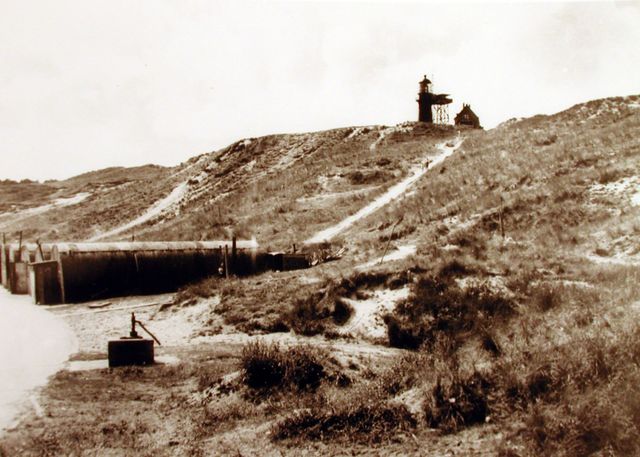
Visiblity towards Texel
On the east side of the island, the Dutch navy had built a defensive position back in 1917. The Germans expanded this to a total of 56 structures. In the most western dunes of Vlieland, they built a completely new gun emplacement. This dune system had an average height of ten metres, and from this vantage point you could see to Texel and over the rest of the island. So they installed radar systems to detect approaching allied planes as quickly as possible.
Dunes were a natural habitat for the bunkers of the Atlantikwall. Construction pits could be dug out quickly, and concrete could be poured straightaway. Then it was all covered with sand. The dunes had the advantage of being able to build bunkers quickly and of camouflage. The landscape also produced countless disadvantages for the Germans. The West Battery gun emplacement was more than 10 kilometres away from the village in drifting and moving dunes, making it difficult to
supply materials.
(tekst gaat verder onder foto's)
57 structures
The existing sand track was replaced by a cobble road to make materials supply easier. So in the dunes you will find yourself walking or cycling on such a bunker track from time to time. Despite the difficult circumstances, the Germans managed to build 57 concrete and brick structures within two years. Constructing the various defences represented a heavy industrial intervention in the existing Wadden landscape of Vlieland. There are various places where you can still see this today.
-
Atlantikwall at Wadden area
Atlantikwall at Wadden area
The Atlantic Wall changed the landscape of the Wadden Islands and marked the Wadden coast. You can now see and experience the story behind this fascinating World War II heritage.
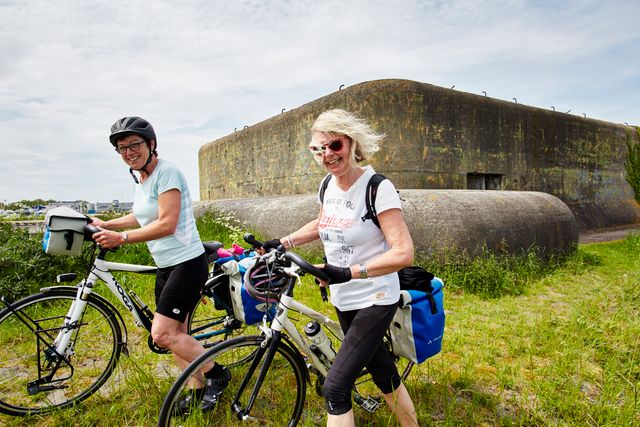
-
More about the military heritage
More about the military heritage
You can discover the military heritage of the Wadden region here. Join an exciting search through accessible bunkers and museums. And experience the penetrating stories behind this fascinating heritage.
